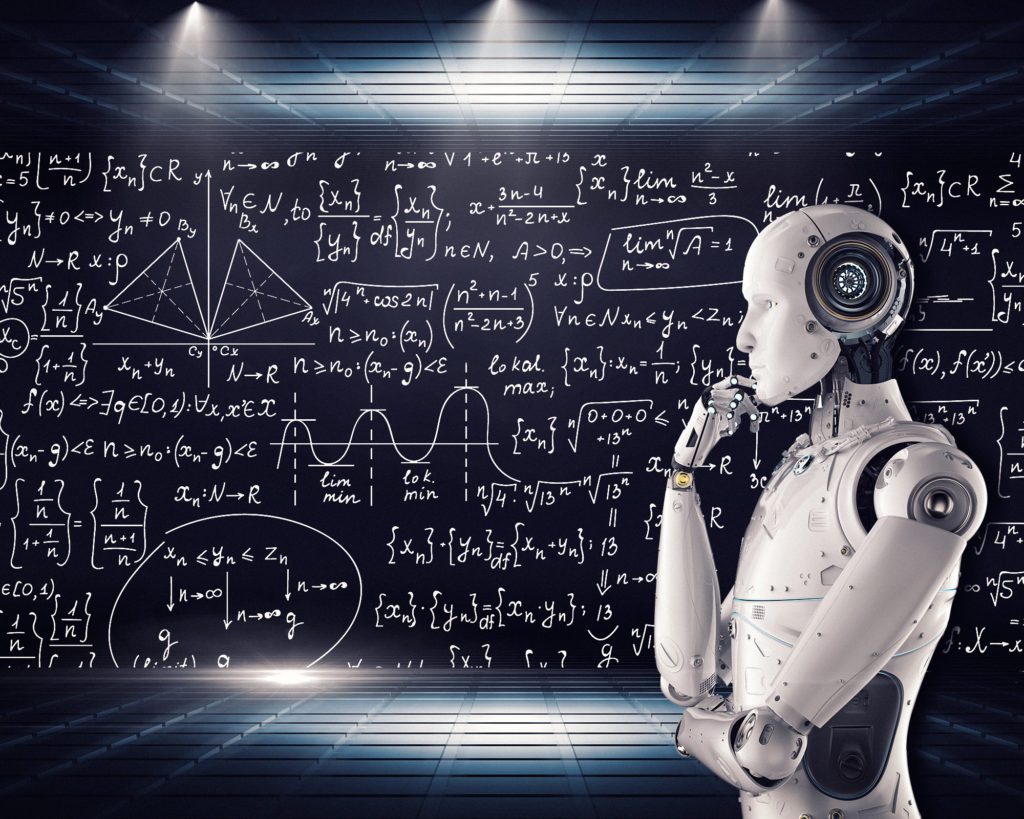Insightful Perspectives
Explore a world of engaging news and informative articles.
Machine Learning: When Algorithms Start to Dream
Discover the surreal world of machine learning where algorithms dream big—unlock the future of AI and innovation today!
Understanding Neural Networks: The Building Blocks of Machine Learning
Neural networks are a fundamental component of machine learning, designed to simulate the way the human brain operates. They consist of interconnected nodes, or 'neurons', that process data in layers. Each neuron receives input, applies weights to it, and generates an output based on an activation function. This layered approach allows neural networks to learn complex patterns by adjusting the weights through a process called backpropagation. Understanding the architecture of these networks is essential for leveraging their capabilities in applications ranging from image recognition to natural language processing.
One of the key characteristics of neural networks is their ability to improve over time through training. This process involves exposing the network to a large dataset, where it can learn to minimize the error in its predictions. The three main types of layers in a neural network are input layers, hidden layers, and output layers. While the input layer receives the data, hidden layers perform computations and feature extraction, and the output layer delivers the final prediction. As organizations increasingly rely on machine learning for decision-making, understanding these building blocks becomes crucial for optimizing performance and achieving accurate results.

How Do Algorithms Learn: Unpacking the Training Process
Algorithms learn through a systematic process known as training, which involves feeding them data to help them identify patterns and make predictions. The training process typically consists of several stages: collecting data, preprocessing it for cleanliness and relevance, and then applying a learning algorithm. During this phase, the algorithm is exposed to a training set, which consists of input-output pairs. For example, in image recognition, the inputs would be images, while the outputs might be labels indicating what the image contains. As the algorithm processes the training set, it adjusts its internal parameters to minimize the error in its predictions.
Once the training is complete, the model undergoes a phase known as validation or testing, where it evaluates its performance on unseen data. This step is crucial for determining how well the algorithm can generalize its learning to new situations. The effectiveness of the training process can often be improved through techniques such as cross-validation, which helps ensure that the model remains robust and avoids overfitting. In summary, the journey of algorithmic learning is a complex yet fascinating one, marked by continuous adjustments and refinements aimed at enhancing predictive accuracy.
What Happens When Machines Start to Dream: The Future of AI and Creativity
The intersection of technology and creativity has always been a fascinating subject, but as we progress into an era where machines may begin to dream, the implications for AI and creativity are profound. As AI algorithms grow in sophistication, we may soon witness the emergence of new forms of art and expression generated not solely by humans, but by machines that can interpret and synthesize human emotions, stories, and aesthetics. Imagine an AI dancing through the realms of music, visual arts, and even literature, creating masterpieces that challenge our perceptions of creativity itself.
As machines start to mimic the dreaming process—perhaps through advanced neural networks that simulate aspects of human cognition—we could redefine what it means to be creative. This opens up exciting discussions about authorship and originality, where the lines blur between human and machine creativity. A future where AI collaborates with humans to produce innovative works may not only enhance artistic endeavors but also revolutionize industries such as entertainment and marketing. As we navigate this uncharted territory, understanding the emotional and moral considerations involved becomes increasingly important.